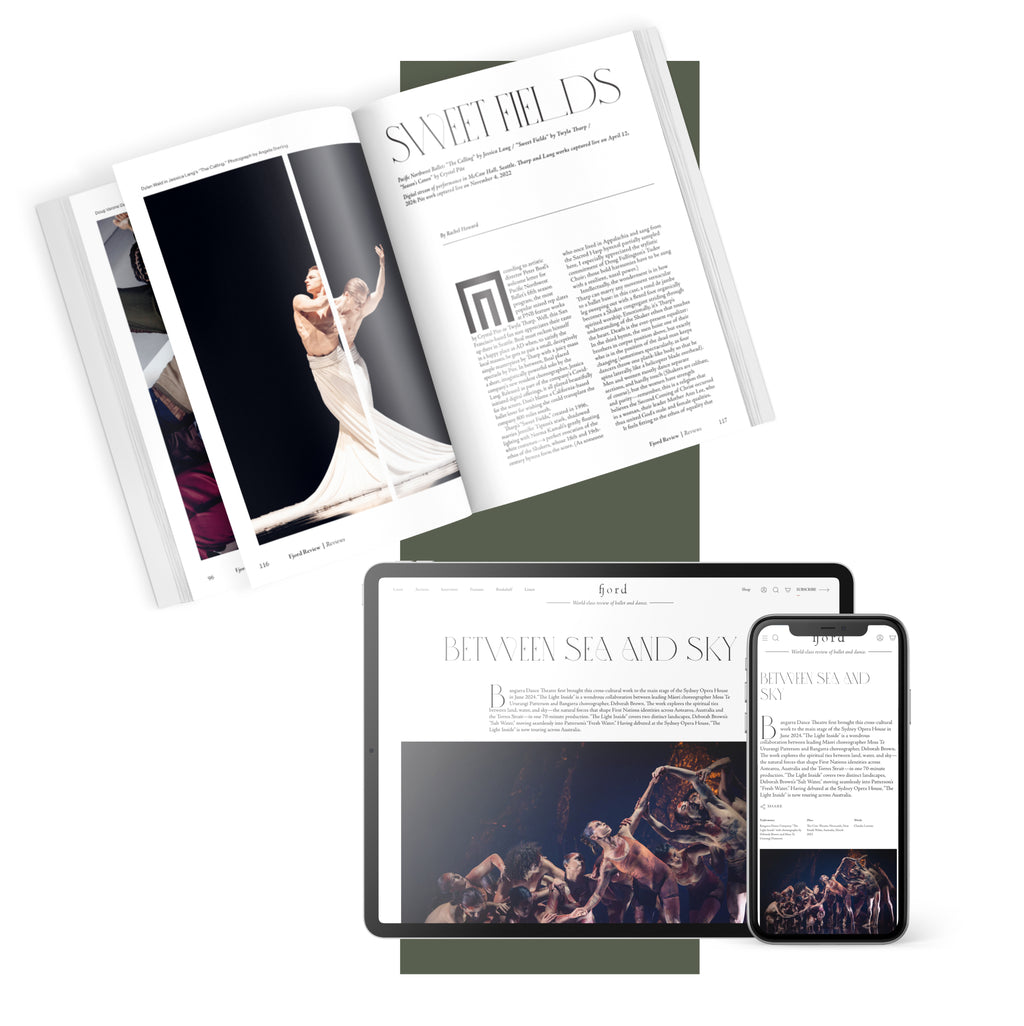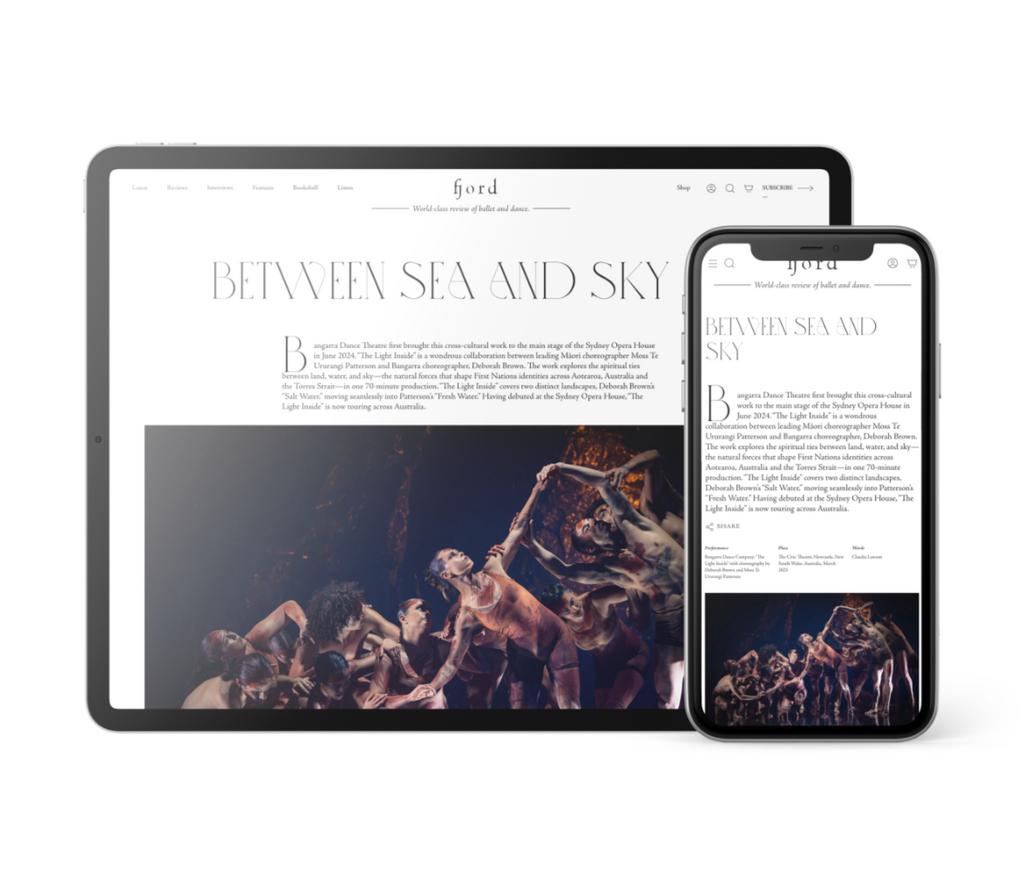Float like a Butterfly
Sans tutu or pointe shoes, New York Ballet principal Sara Mearns delivered a knock-out punch in her 20-minute solo, “Zebra.”
Continua a leggere
World-class review of ballet and dance.
Moreso than many Balanchine offshoot companies, the Dance Theatre of Harlem—founded by the New York City Ballet principal dancer Arthur Mitchell in 1969—keeps the Balanchine ethos at the forefront of its programming. Even the New York premiere of Artistic Director Robert Garland’s “The Cookout,” which included a section inspired by the dap handshake and featured dancers drinking from red solo cups, evoked Balanchine often. Ambitiously, DTH presented three more debuts on opening night as well: two company premieres—William Forsythe’s “The Vertiginous Thrill of Exactitude” and Balanchine’s “Donizetti Variations”—and a world premiere, Jodie Gates’s “Passage of Being.” This was a demanding quartet of ballets, but the troupe rose to the challenges with verve.
Performance
Place
Words



“Uncommonly intelligent, substantial coverage.”
Your weekly source for world-class dance reviews, interviews, articles, and more.
Already a paid subscriber? Login

Sans tutu or pointe shoes, New York Ballet principal Sara Mearns delivered a knock-out punch in her 20-minute solo, “Zebra.”
Continua a leggereJapan Society’s Yukio Mishima centennial series culminated with “Mishima’s Muse – Noh Theater,” which was actually three programs of traditional noh works that Japanese author Yukio Mishima adapted into modern plays.
Continua a leggereThroughout the year, our critics attend hundreds of dance performances, whether onsite, outdoors, or on the proscenium stage, around the world.
Continua a leggereOn December 11th, the Alvin Ailey American Dance Theater presented two premieres and two dances that had premiered just a week prior.
Continua a leggere
comments